Statistics show that unmanaged stress drives unhealthy behaviors that lead to obesity, diabetes, heart disease, insomnia, asthma and other chronic diseases driving up health care costs. Over the past two decades HeartMath has been researching the inner mechanics of stress and developing proven solutions for reducing it while increasing emotional balance, as seen in Heart Rate Variability (HRV) coherence feedback.
HRV coherence feedback provides a different view of the heart’s rhythm by showing the pattern of beat-to-beat changes in heart rate, which are highly reflective of changing emotional states. HeartMath’s HRV coherence algorithm shows just how much in-sync or out-of-sync (stressed) an individual is and guides them in achieving higher levels of balance in real-time.
HeartMath is recognized as one of the world’s foremost authorities on heart coherence, emotional physiology, stress and optimal performance. The technologies, tools, and techniques of the HeartMath system are based on over 17 years of scientific research on the psychophysiology of stress, emotions, and the interactions between the heart and brain.
Inner Balance is an iOS app that assists the user in replacing habitual stress responses with a new level of inner balance and a deeper sense of ease in the face of stressful situations. Real-time feedback, guided techniques and exercises within the app provide proven strategies to change the stress response. Over two decades of HeartMath research sets the foundation for this truly unique and effective approach to reducing stress.
The Inner Balance app is an innovative approach to improving wellness through training, education and self-monitoring. It helps you change your reaction to stress, gain insights in your shifting moods and create a more positive outlook on life, while tracking your progress, journaling your accomplishments and sharing it with others.
Simply plug the sensor for onto your iPhone, iPad or iPod Touch and connect the ear piece to your ear. Tap in the space below the breath pacer to start your session. Follow the pacer and the prompts below to help you moderate your breathing, activate a positive emotion and restore your Inner Balance. If the ear clip is a little uncomfortable, the HeartMath store does have a finger sensor (MSRP $25) that also work with Inner Balance.
What is the science behind the Inner Balance App?
Synchronizing your breathing with your heart rhythms while focusing on positive emotions has been shown to reduce the negative effects of stress, improve relaxation, and build resilience with just a few minutes of daily use. The Inner Balance app incorporates HeartMath emWave technology to show your heart rhythm pattern. This, along with a breathing pacer and other feedback, train you to change your heart rhythm pattern to a healthier, coherent state.
Coherence is a state of internal synchronization between the heart, breath and the head. People experience coherence as a sense of inner calm and balance, an increased focus, while others experience coherence as a more relaxed state.
Here is a comprehensive video of how to use Inner Balance with your iOS devices (iPad and iPhone):
Inner Balance Trainer from HeartMath on Vimeo.
So how did Inner Balance perform?
I have never meditated or read about how to mediate before so I’m totally a newbie to this but very curious. In a nutshell, each Inner Balance session starts with selecting a feeling that best represents the present moment. To assist the user to calm the mind and shift focus to the heart, the app provides unique breathing pacers. As the session runs it redirects the user’s focus to a positive emotion that can replace the less desirable emotion and shift the heart rhythms. The app provides the user with a highly specialized technique to do this.
Inner Balance then provides real-time feedback to help the user to know when they have successfully shifted the heart rhythms and the emotions. The app provides a goal to follow to reach new levels of inner balance. The app tracks the user’s history of all sessions and progress over time and provides the percentage of time the user was in low, medium or high coherence. There is also a journal to track feelings or experiences that may have contributed to different session outcomes. Inner Balance rewards users for achieving longer periods in medium and high coherence.
I find the breathy pacer is the easiest way to control my breathing to achieve anything close to coherence! It takes time and as you increase the level, it gets harder. I ended using Inner Balance on the iPad instead of the iPhone because with my iPhone 4 case, the connector is partially blocked – I had to remove the case.
The Inner Balance app could be very helpful for anyone who has not tried meditation before like myself or is new to the concept of synchronized breathing. Or to someone who is looking to reduce stress. The downside is that the price is relatively high for a mass consumer attachment to an iOS device. Currently, you can only have one profile on each device so family use if out of the question for now.
After reading more about meditation and stress reduction, here is an interesting tidbit.
Most of us have been taught in school that the heart is constantly responding to “orders” sent by the brain in the form of neural signals. However, it is not as commonly known that the heart actually sends more signals to the brain than the brain sends to the heart! Moreover, these heart signals have a significant effect on brain function—influencing emotional processing as well as higher cognitive faculties such as attention, perception, memory, and problem solving. In other words, not only does the heart respond to the brain, but the brain continuously responds to the heart.
One more tidbit.
HRV is also a marker of biological aging. Our heart rate variability is greatest when we are young, and as we age the range of variation in our resting heart rate becomes smaller. Although the age-related decline in HRV is a natural process, having abnormally low HRV for one’s age group is associated with increased risk of future health problems and premature mortality. Low HRV is also observed in individuals with a wide range of diseases and disorders. By reducing stress-induced wear and tear on the nervous system and facilitating the body’s natural regenerative processes, regular practice of HeartMath coherence-building techniques can help restore low HRV to healthy values.
Full details on the science of Inner Balance technology can be found here.
Does coherence have an impact on sleep? I’ve heard studies that when coherence is achieved before falling asleep, the subject gets a longer duration in a deeper sleep. The total amount of sleep needed is shortened but subject feels refreshed. I’m still trying to find a good sleep iOS app (using Sleep Cycle right now) but also trying other fitness devices like Withings Pulse that can also measure and analyze sleep.
Finally, think of the Inner Balance iOS app and sensor as your personal meditation coach! Say goodbye to stress…
The Inner Balance iOS sensor is available for $99 from the Heart Math store.
*Product provided by Heart Math. CMP.LY/1 Review
If you have a product you’d like reviewed, contact me at info@weartested.org

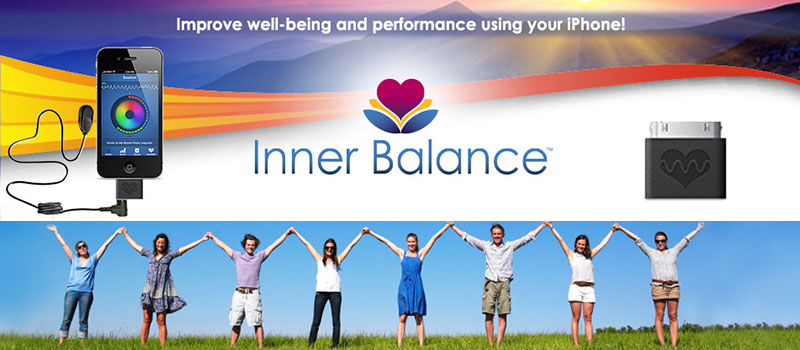
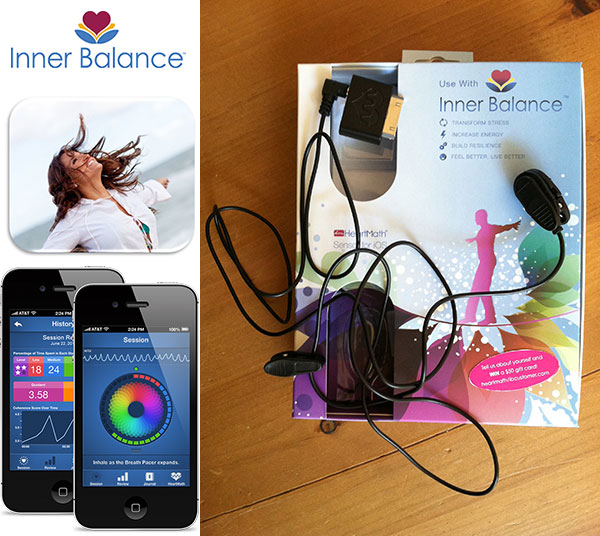
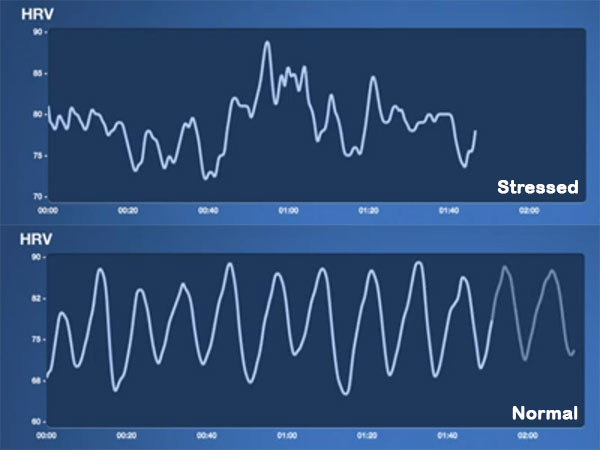
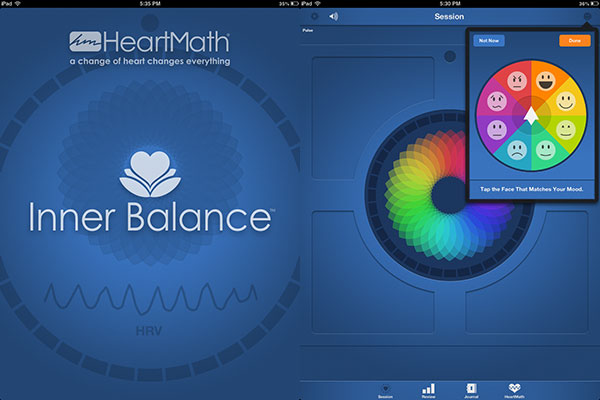
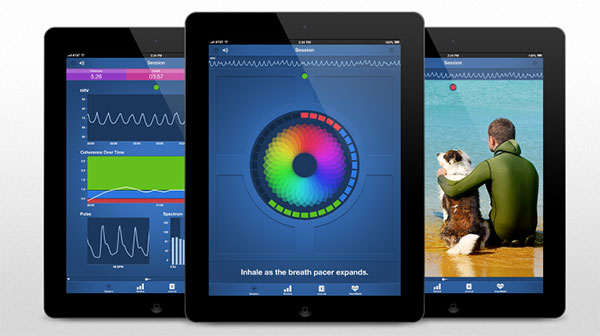
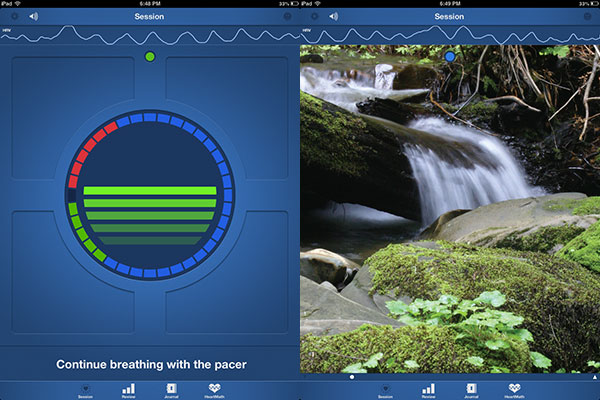
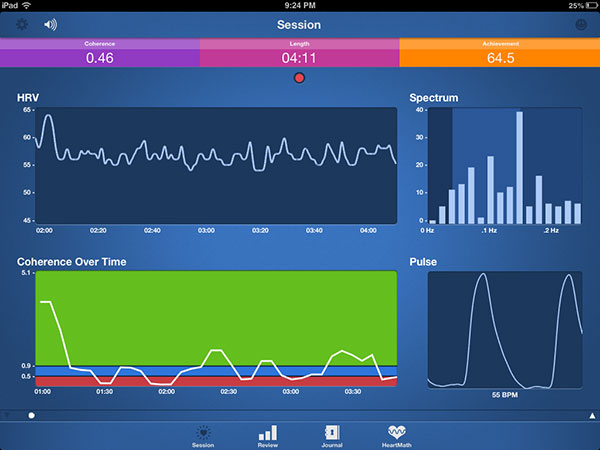
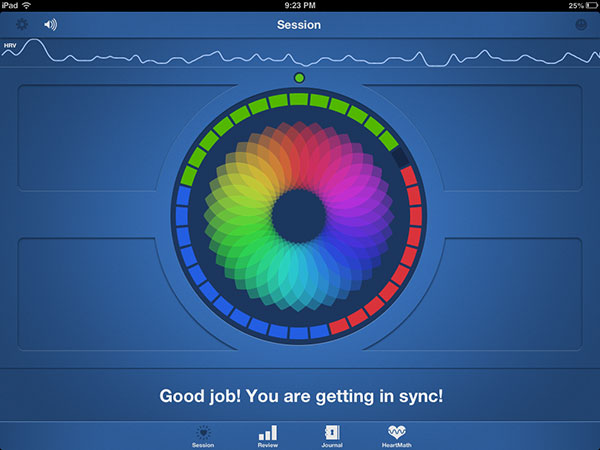
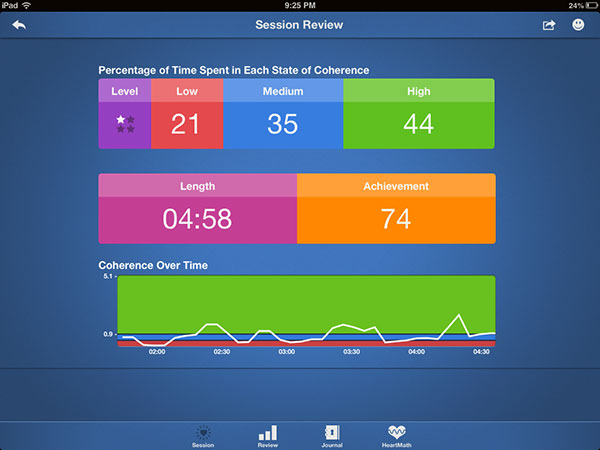
1 thought on “HeartMath Inner Balance Sensor Review”
Comments are closed.